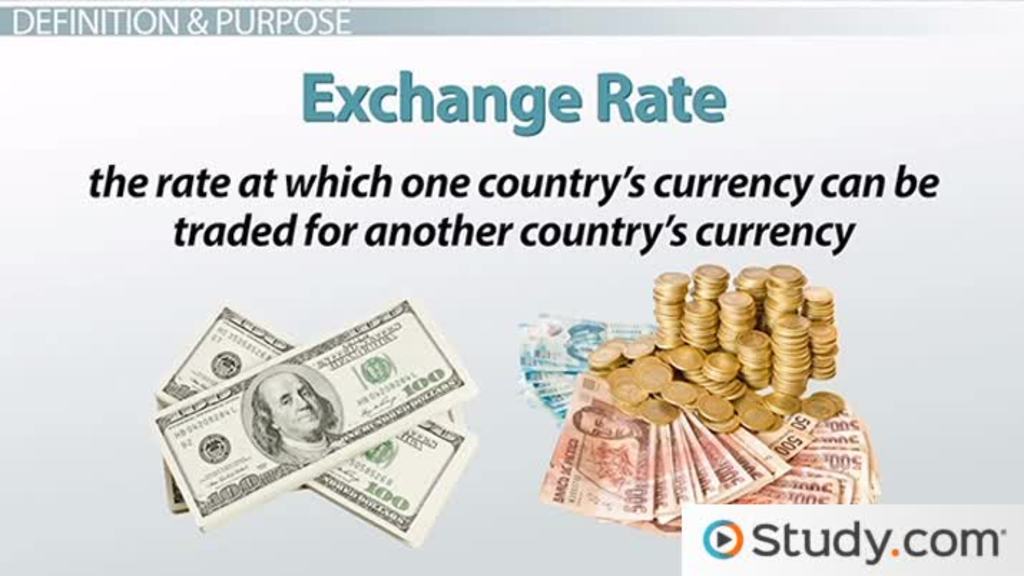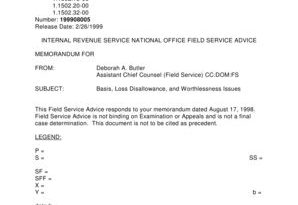Weak Currency Meaning and Examples Pros and Cons

Contents
- 1 Weak Currency: Meaning and Examples, Pros and Cons
Weak Currency: Meaning and Examples, Pros and Cons
What Is a Weak Currency?
A weak currency refers to a nation’s money that has decreased in value compared to other currencies. Weak currencies are often associated with poor economic fundamentals or governance systems. A weak currency may be deliberately encouraged by a country to boost exports in global markets.
Currencies weaken and strengthen against each other for various reasons, but economic fundamentals play a primary role.
Key Takeaways
- There can be many contributing factors to a weak currency, but a nation’s economic fundamentals are usually the primary reason.
- Export-dependent nations may actively encourage a weak currency to boost their exports.
- Currencies can also be weakened by domestic and international interventions.
- Currency weakness or strength can self-correct in some cases.
Understanding a Weak Currency
Fundamentally weak currencies often share common traits, including high inflation rates, chronic current account and budget deficits, and sluggish economic growth.
Nations with weak currencies may also have higher import levels compared to exports, resulting in a surplus of supply over demand for such currencies on international foreign exchange markets if they are freely traded.
A temporary weak phase in a major currency provides a pricing advantage to its exporters, but this advantage can be nullified by other systematic issues.
Examples of Weak Currencies
Currencies can also be weakened by domestic and international interventions. China’s devaluation of the yuan in 2015 followed a long period of strengthening. Imposition of sanctions can immediately affect a country’s currency. Sanctions weakened the Russian ruble in 2018, but the real hit came in 2014 when oil prices collapsed and the annexation of Crimea created uncertainty when dealing with Russia in business and politics.
An interesting example is the fate of the British Pound as Brexit neared. The British pound (GBP) was stable, but the vote to leave the European Union set the pound on a volatile path that saw it weaken as the process of leaving continued.
Supply and Demand in Weak Currencies
Currency, like most assets, is governed by supply and demand. When demand increases, the price goes up. For example, when most people convert their currencies into yen, the yen becomes strong, and the dollar weakens because more dollars are needed to buy the same amount of yen.
Currency is a type of commodity. An individual sells their dollars and buys yen when exchanging dollars for yen. A currency’s value often fluctuates, so a weak currency means more or fewer items may be bought at any given time. For instance, the dollar weakens when an investor needs $100 to purchase a gold coin one day and $110 the next day.
Pros and Cons of a Weak Currency
A weak currency may help a country’s exports gain market share when its goods are less expensive compared to goods priced in stronger currencies. Increased sales can boost economic growth and jobs while increasing profits for companies doing business in foreign markets.
American exports tend to increase when purchasing American-made items becomes less expensive than buying from other countries. In contrast, exporters face challenges when the value of the dollar strengthens against other currencies.
How Does a Budget Deficit Work?
A budget deficit occurs when a government spends more money than it collects. This can result from an ailing economy, a recession, or high unemployment rates. The government collects less in taxes during times of reduced income.
Why Did China Devalue Its Currency?
China’s economy was believed to have been ailing just before it devalued its currency in 2015. The move was made to revitalize the country’s exports, as China’s economy heavily relied on exports at that time. The devaluation was against the U.S. dollar.
How Strong Is the U.S. Dollar?
The strength of the U.S. dollar rose to a 20-year high in 2022 but weakened by the end of August 2023. It was weaker than both the British pound and the euro at that time.
The Bottom Line
Currency strength or weakness can self-correct. A weak currency requires more of it to purchase the same amount of goods priced in a stronger currency. Inflation will increase as nations import goods from countries with stronger currencies. The currency discount may eventually spur more exports and improve the domestic economy unless systematic issues weaken the currency.
In contrast, low economic growth may result in deflation and pose a bigger risk for some countries. Consumers may postpone spending, and businesses may delay investing when they anticipate price declines. This self-perpetuating cycle of slowing economic activity can eventually impact the economic fundamentals supporting the stronger currency.



